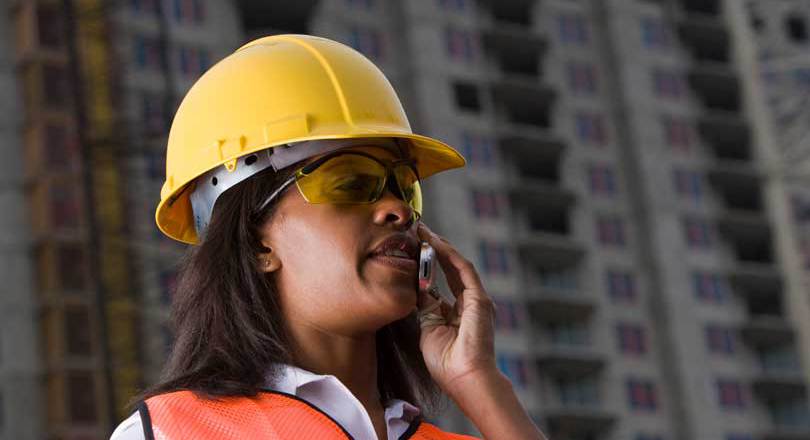Women are still encountering difficulties with ill-fitting personal protective equipment at work causing discomfort and putting their safety at risk, according to a Prospect survey.
Responses suggested that some items had improved since a 2009 study by the Women’s Engineering Society, but overall the results showed that progress was slow.
Just 29 per cent of the women who took part reported that the PPE they wear at work was designed for women.
This represents a small improvement on the previous finding that 74 per cent of such equipment was designed for men.
Trousers, overalls, jackets and gloves were identified as the items least likely to provide a suitable fit. Excluding overalls, these items were cited most frequently as the worst PPE clothing in the previous research.
Prospect carried out the study in May, in partnership with WES, Women in Science and Engineering, the Trades Unions Congress and the Institution of Mechanical Engineers.
Responses were received from 3,086 women between the ages of 20 and 59 and from a wide array of sectors, including emergency services, transport manufacturing, construction, research and development and the nuclear industry.
Of these, 57 per cent reported that their PPE sometimes or significantly hampered their work, a similar result to that seen in the 2009 survey. A further 27 per cent said that they were occasionally hampered.
Emergency services and energy were revealed to be the most affected sectors, with emergency-service workers – a group not covered in the 2009 survey – highlighting the unsuitability of body armour, stab vests and hi-vis vests and jackets.
Prospect deputy general secretary Sue Ferns said: “These findings are stark when considered against data from the Health and Safety Executive showing that 142 people were killed at work in 2014-5 and 611,000 injured.
“Equipping workers properly should not be seen as optional and it can be done.”
As well as the risk to safety, women reported that ill-fitting PPE could cause discomfort, especially during pregnancy and the menopause.
Standard PPE had been worn by 11 per cent of women while pregnant, with half curtailing their duties or changing roles and a small minority starting maternity leave early.
A larger proportion – 21 per cent – wore PPE during the menopause. Of these, 38 per cent had curtailed their duties and 4 per cent had changed roles as a result.
Outside of health and safety, 28 per cent of the women surveyed had been subjected to comments as a result of ill-fitting PPE, most of it derogatory.
When asked how PPE could be improved, respondents suggested having women’s sizes available as standard and an appropriate and accurate measuring system or changing room where PPE can be tried on.
Ferns said: “The survey results reflect the general challenges that women face when working in male-dominated industries.
“Companies should consider this when purchasing and managing PPE supplies, and also whether women have access to changing facilities, including toilets, at all locations.”
‘Women’s PPE: One size does not fit all’ will be presented at a seminar at the Institution of Mechanical Engineers on 23 June – details at http://bit.ly/1U95Uh0
Download the report of the 2016 survey results from https://library.prospect.org.uk//download/2016/01299
Read the 2009 report at http://bit.ly/1Ua4qQL
Deputy general secretary Sue Ferns is interested in hearing about your individual experiences of PPE. You can email her: [email protected]

